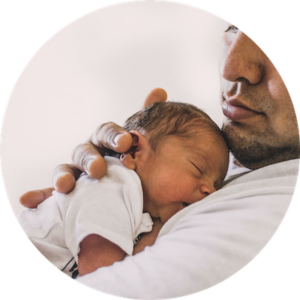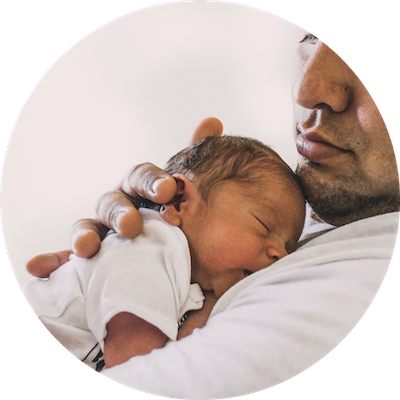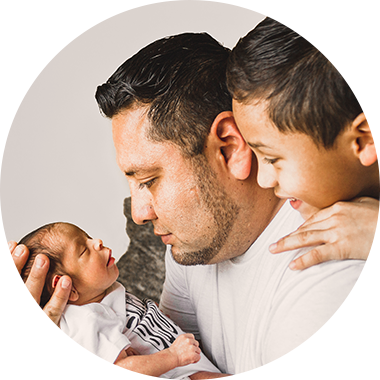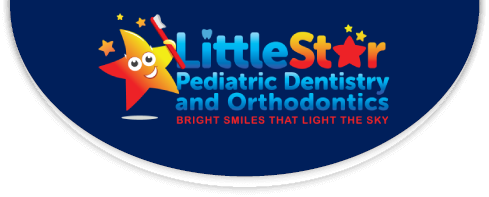pediatric sleep
Pediatric sleep issues can range anywhere from disordered breathing in sleep (mouth-breathing, snoring, heavy breathing, choking/gasping) to obstructive sleep apnea (OSA). These issues occur when muscles in the back of the throat relax, causing the the airway to narrow as your child breathes inward. As with everything else, Dr. Hannanvash takes a collaborative team approach to treating pediatric sleep issues.

how does your child sleep?
The answer is typically, "they sleep fine." Most parents do not sleep in the same room as their child, which is why Dr. Hannanvash takes a deep dive into your child's sleep structure. Having a bedtime routine, regulating screen time, and having a peaceful space for slumber are just a few things to consider. If you have these down pat and your little one is still waking you in the middle of the night, there are other signs Dr. Hannanvash will explore.
what are the signs?
breathing
If your child is not getting enough oxygen in their sleep, they are not getting enough oxygen to their brain. Abnormal breathing is an indication of potential airway obstruction. This may ultimately result in the following symptoms:
- Snoring
- Teeth grinding (bruxism)
- Heavy breathing
- Gasping/waking with a startle
- Holding of breath
- Mouth breathing
restless sleep
Your child may seem to sleep through the night, but that sleep might not be quality. If your child does the following, it may be an indication of poor quality sleep:
- Toss and Turn
- Wake in a tangle of blankets
- Sleep in odd positions (head extended back, on their tummy with bottom up)
- Have trouble falling asleep
- Have trouble staying asleep
- Wet the bed
behavior
A diagnosis of ADHD might actually be symptoms due to an underlying sleep issue. Children who do not reach their REM cycle will have impaired executive functioning skills, which includes working memory, cognitive flexibility, and inhibitory control. Here are a few of those symptoms:
- Hyperactivity or fidgeting
- Emotional or irritable behavior
- Easily distracted
- Daytime sleepiness
- Difficulty focusing or hyperfocusing
- Trouble with learning
- Trouble with organizational skills

how to diagnose it
Pediatric sleep issues are complex and require accurate diagnosis. The signs are just a piece of the puzzle. If Dr. Hannanvash suspects the presence of abnormal breathing during sleep, she will want to find out what is causing the obstruction and will work with your ENT to explore the underlying cause. This requires a good understanding of your child's sleep environment, craniofacial structure and function. Dr. Hannanvash may use the following diagnostic tools to get the bigger picture:
- Pediatric Sleep Questionnaire
- Imaging (cone beam computed tomography or CBCT)
- High resolution pulse oximetry (HRPO)
- Orthodontic models
- Oral motor functional assessment
- Breathing assessment
the team approach
surgeon
Dr. Hannanvash refers to the best ENTs who know how to work with children. Airway obstruction can occur at any level of the pharynx. It is imperative that nothing gets missed. Such obstructions may include:
- Enlarged nasal turbinates
- Enlarged adenoids
- Enlarged tonsils
- Tongue tie (or ankyloglossia)
therapist
Therapy is essential to establishing correct breathing habits before and after surgery. Dr. Hannanvash refers to therapists who will focus on properly establishing the following through myofunctional therapy and breathing retraining:
- oral rest posture
- lip seal
- nasal breathing
- deeper breathing
dentist
Research shows that palatal expansion will increase airway volume! For this reason, Dr. Hannanvash is able to provide early orthodontic services to help your child's craniofacial growth and development. Dr. Hannanvash keeps up with the most recent literature regarding early orthodontic intervention and believes it is vital to improving long term outcomes. Learn more under early orthodontics.

goals to treatment
Dr. Hannanvash ultimate goal is to help your child learn proper nasal breathing on their own during sleep. This means establishing:
- Proper oral rest posture where the tongue is rested up against the palate
- Lips sealed
- Nasal breathing
It requires a full comprehensive treatment plan and a good team. Dr. Hannanvash makes it a point to work with the most experienced and knowledgeable providers in the field of pediatric airway.
